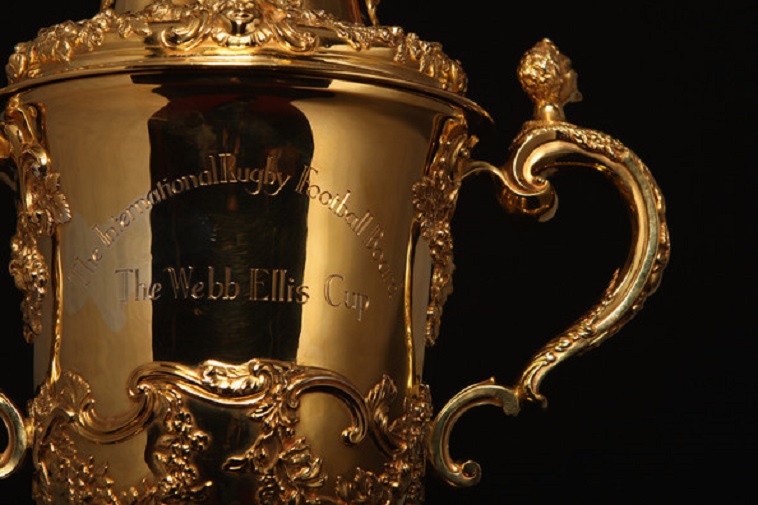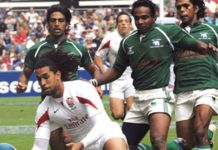Although the Springboks did not compete in the first two World Cups in 1987 and 1991, South Africa played a central role in the establishment of the tournament.
Fearing the encroachment of professionalism, rugby’s old school were strongly against the staging of a World Cup but ironically were pushed in the direction of such a tournament by the rustle of cash.
Towards the end of the 1970s, a few impresarios were starting to clamour that what the game needed was a World Cup and rugby’s notoriously conservative administrators realised they would have to at least consider the concept or face having done to their game what Kerry Packer had done to cricket by setting up a made-for-TV World Series.
A possible World Cup was first mooted in 1979 when New Zealand delegates to the IRB, Ces Blazey and Bob Stuart, tabled a motion that it should be discussed ‘in principle’.
‘The idea found no support,’ read the minutes but the notion was bubbling under and the IRB would in 1982 receive further proposals to stage a World Cup. Member unions were becoming more receptive and when three separate proposals were put forward in 1984 the board agreed that a feasibility study should be done.
It fell to Australia and New Zealand to put together the study and they appointed a highly respected pair, Sir Nicholas Shehadie, a former Wallabies captain and Lord Mayor of Sydney who had toured South Africa and become friendly with Dr Danie Craven in 1953, and the well thought of Kiwi administrator Dick Littlejohn, to investigate the possibilities.
The ’81 tour had made it obvious that the Springboks would be unable to tour because of the rest of the world’s abhorrence of the National Party government’s apartheid policies, while most proposed tours to South Africa were cancelled by government decree.
It was obvious the Springboks were not going to be part of any World Cup, but what’s not commonly known is that Dr Craven held the casting vote when it came to voting for a World Cup. Just eight countries – England, Wales, Ireland, Scotland, France, New Zealand, Australia and South Africa – controlled rugby but it was not as simple as forcing a 5-3 vote in favour as each union was represented by two delegates who could bring out disparate votes.
New Zealand and Australia were obviously in favour; England and Wales were split, but Scotland and Ireland were unanimously against, which meant South Africa, by now in isolation, held the swing vote. Craven and Prof Fritz Eloff decided to vote in favour, with the ‘Doc’ influencing his great friend and ally Albert Ferrasse to go with it on behalf of France.
Craven probably held out some hope that his beloved Springboks might still be included, but without his sway it’s doubtful the ‘for’ vote would have been carried on 20 March 1985, one year short of the IRB’s centenary, to stage ‘one’ World Cup in New Zealand and Australia in 1987.
Any hopes that the Springboks might sneak in were dashed by the staging of the ‘rebel’ tour to South Africa by the New Zealand Cavaliers in 1986.
England’s John Kendall-Carpenter was elected chairman of the inaugural tournament committee and it fell to him and air commodore Bob Weighill, the secretary of the IRB, to visit Garrard, the crown jeweller in Regent Street in London, where they were shown, and duly picked, a shiny cup which, after it was named the Webb Ellis Cup, was to become the Holy Grail of rugby.
























